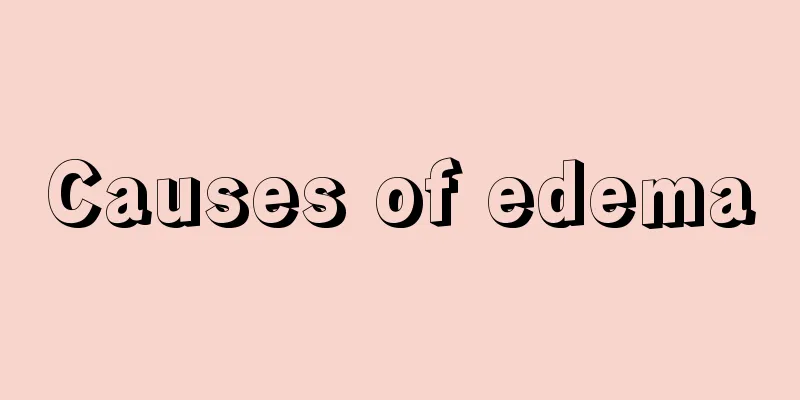Taboos about loofah

|
After a period of processing, loofah can be used as a Chinese medicinal material. This can achieve a good disinfection and analgesic effect, and can also detoxify. However, it must be noted that if you are a patient with frequent diarrhea, it is best not to eat it too much, because it is a cold Chinese medicinal material in itself. If patients with weak spleen and stomach often eat it, their symptoms will worsen. Qiancenglou is the vascular bundle of the mature fruit of the Cucurbitaceae plant Luffa or Cantonese Luffa. It is also known as Tianluo tendons (Pulse Causes and Treatments), luffa net (Medical Collection Essentials·Medical Properties), luffa shell (Classification of Herbal Properties), melon net, luffa pulp (Flora of Guangzhou), Tianluo line (Compilation of Medicinal Materials), luffa tendons (Jiangsu Plant Medicinal Materials), luffa pulp (Hebei Medicinal Materials), Qiancenglou (Hunan Pharmacopoeia), and luffa cloth (Common Chinese Herbal Medicines in Sichuan). The original plant Cantonese loofah is also known as: angular loofah. It has the effects of promoting blood circulation, detoxifying and reducing swelling. The skin of loofah should be peeled when eaten. It can be eaten cold, stir-fried, roasted, made into soup, or squeezed into juice for dietotherapy. Wash and slice the loofah, blanch it in boiling water, then mix it with sesame oil, soy sauce, vinegar, etc. to make cold loofah. When cooking loofah, it is rich in juice and should be cut and cooked immediately to avoid loss of nutrients. In addition, use less oil and cook with thin starch to retain its tender and refreshing characteristics. Suitable for the crowd: Loofah is edible for most people. People with irregular menstruation, physical fatigue, phlegm, cough, and postpartum milk obstruction are suitable to eat more loofah. People with weak constitution, internal cold and diarrhea should not eat too much. Medicinal Root (Luffa root): sweet, neutral. Promote blood circulation, dredge meridians, and reduce swelling. Used for runny nose. Vine (Luffa vine): sweet, flat. Open up meridians, relieve cough and reduce phlegm. Used for low back pain, cough, runny nose, and cough. Leaves (loofah leaves): bitter, sour, and cool. Stop bleeding, resolve phlegm and relieve cough, clear away heat and detoxify. Used for sudden cough, cough, summer heat and thirst, traumatic bleeding, scabies, pemphigus, and prickly heat. Fruit vascular bundle (loofah): sweet, flat. Clears away heat and detoxifies, promotes blood circulation and dredges the meridians, and is diuretic and reduces swelling. Used for muscle and bone pain, chest and flank pain, amenorrhea, milk stagnation, mastitis, and edema. Fruit stalk: used for children's smallpox and sore throat. Peel: used for wounds, furuncles, and buttock sores. Seeds (loofah seeds): slightly sweet, neutral. Clears away heat and resolves phlegm, moisturizes dryness, and expels parasites. Used for cough with sputum, deworming and constipation. [8] |
<<: A good way to lower blood sugar
>>: If my neck turns dark during pregnancy, does it mean it's a boy?
Recommend
Skin care products containing fruit acid
Nowadays, there are many types of skin care produ...
How long is the best time to have chemotherapy after breast cancer surgery
Some installments are relatively late, triple-neg...
There is a layer of oil on the urine
In fact, what looks like oil in urine is not real...
Why does sugar garlic turn green
Sugar garlic is a kind of food pickled with sugar...
How to remove cellulite on the buttocks
Orange peel patterns on the buttocks are mainly c...
How to heal tension headaches on their own and how to treat them
Tension headaches are very common in clinical pra...
What should I do if the zipper doesn’t work?
In life, we often encounter the situation that th...
Contraindications of influenza vaccine
Vaccines are mainly drugs developed to prevent ce...
A detailed analysis of the symptoms of gastric cancer
The incidence of gastric cancer in our country is...
How to remove stains on slippers
Slippers are a must-have item in everyone's l...
Inventory: Foods that can make your teeth whiter!
There are many ways to whiten your teeth, but you...
Cardiovascular and cerebrovascular gene testing
Cardiovascular and cerebrovascular disease is a v...
How to use air cushion BB cream?
Girls all like to put on makeup. Now there are ma...
What to do if you are poisoned by Dichlorvos?
Dichlorvos is a type of herbicide developed after...
I have nasopharyngeal cancer and have undergone 33 radiotherapy sessions
Long-term adverse reactions after radiotherapy fo...









